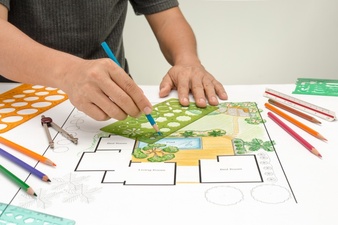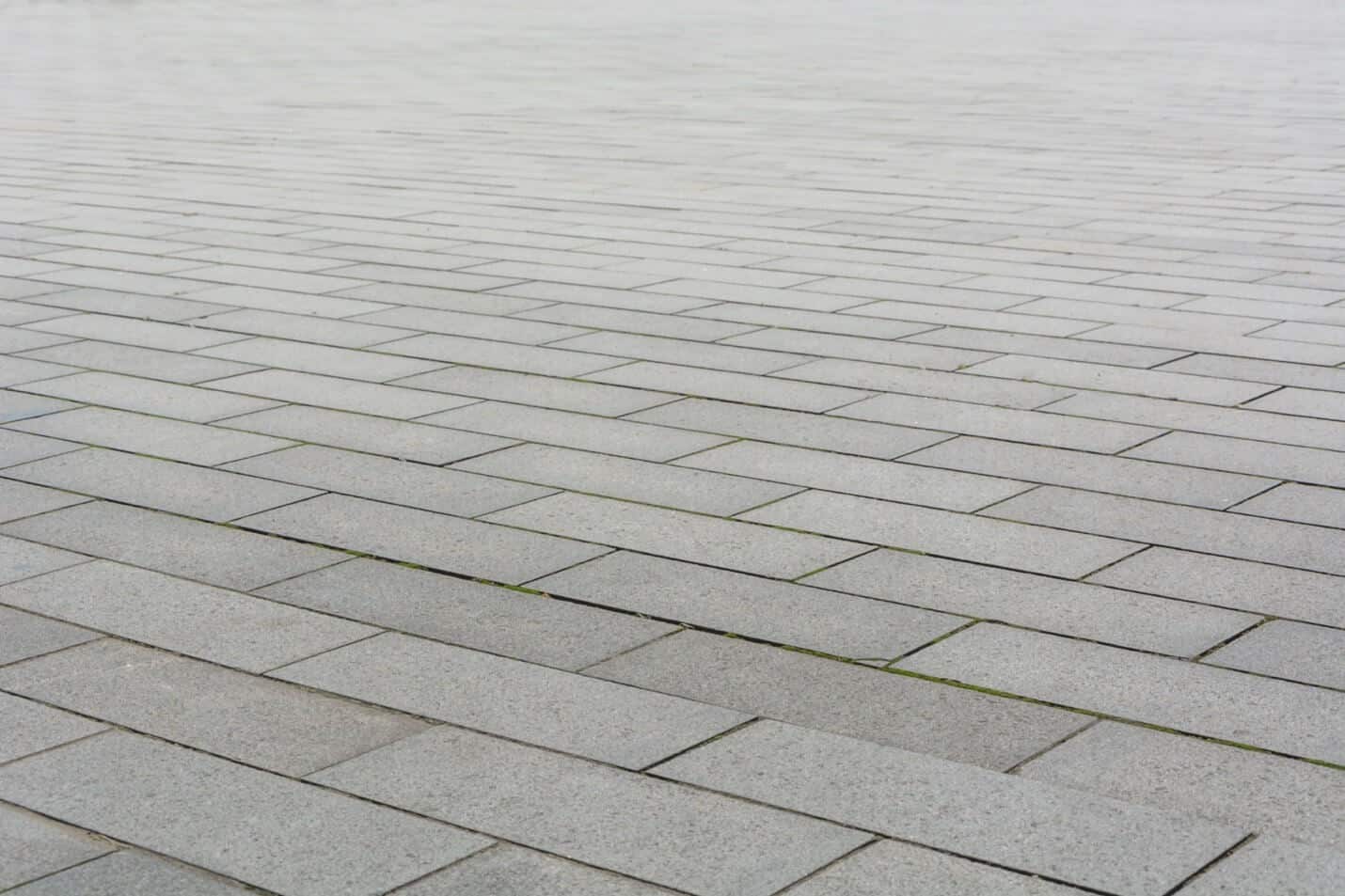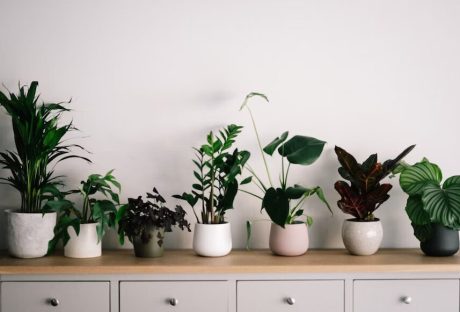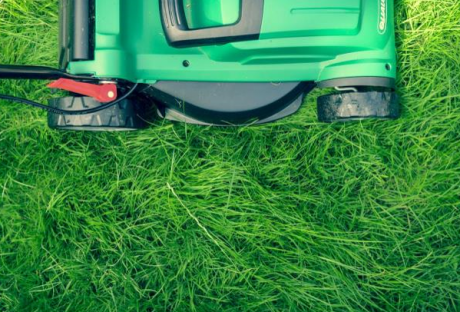Whether you’re planning out the build of a new property or looking to make some upgrades around your current home, stamped concrete is the perfect choice for beautiful hardscape elements. Not to mention, there is no better way to personalize design than by using ever customizable concrete.
Now without further ado, let’s get into the reasons why you should choose stamped concrete for the hardscape elements of your property.
What Are Hardscape Elements?

For anyone confused over what exactly hardscape elements of a property are, hardscape elements are all the permanent, structural components of the landscape surrounding your home. In general, the most common hardscape elements that are used in a home’s landscape design include:
- Decks,
- Driveways,
- Patios,
- Pathways,
- Retaining walls, and
- Structures (gazebos, sheds, etc.)
When it comes to materials used to create hardscape elements, there is a wide range of choices to consider. Typically, the most commonly used materials for hardscaping are concrete or pavers, such as flagstone, slate, worn rock, wood, or brick. Compared to concrete, pavers are a more expensive material.
Ultimately, the material choice depends on the budget and personal preference of the property owner.
Now that we know what hardscape elements are, let’s get into why to use stamped concrete!
Stamped Concrete Design is Limitless:
A huge advantage of using stamped concrete for a property’s hardscape elements is that the design options are never-ending. Unlike pavers that can’t be changed, stamped concrete is the only material that can be adjusted right up until it’s about to be poured.
That means you can change everything from the color to the pattern and design right up to the last minute.
Not to mention, stamped concrete can flawlessly imitate the look of expensive pavers at a much lower cost. That means you can use stamped concrete to create a gorgeous patio that looks like flagstone or wood in the exact color you want.
Stamped Concrete is Less Labor Intensive:
Laying pavers, like loose stone, piece by piece is going to be a time-consuming job. On the other hand, stamped concrete is less labor-intensive and can even go over existing concrete or stone as an overlay! Using stamped concrete services is the perfect way to start enjoying a new deck or patio without having to wait weeks or months for installment.
Stamped Concrete Never Needs Resetting:
After installing hardscape elements, you want to be able to enjoy them. However, with pavers, that’s not always the case because those materials, like stone, can become loose over time and turn into a tripping hazard instead. In other words, the best way to avoid twisted ankles around the pool each summer is to use stamped concrete and avoid having to replace or reset pavers.
Stamped Concrete Requires Minimal Maintenance:
That’s right, stamped concrete is the perfect choice for a hardscaping material that will be simple to clean and take little to no maintenance to keep its beautiful, patterned appearance.
Spend more time enjoying the hardscape elements of the property and less time cleaning them when you used stamped concrete to design your perfect outdoor landscape.






















